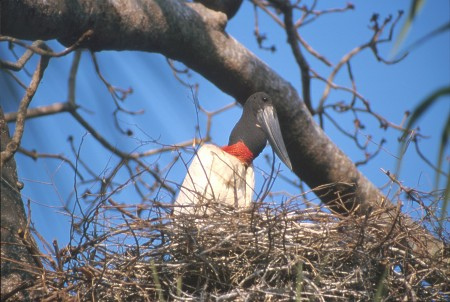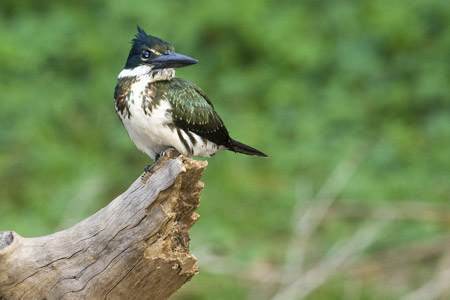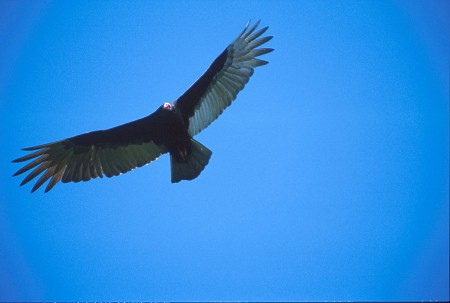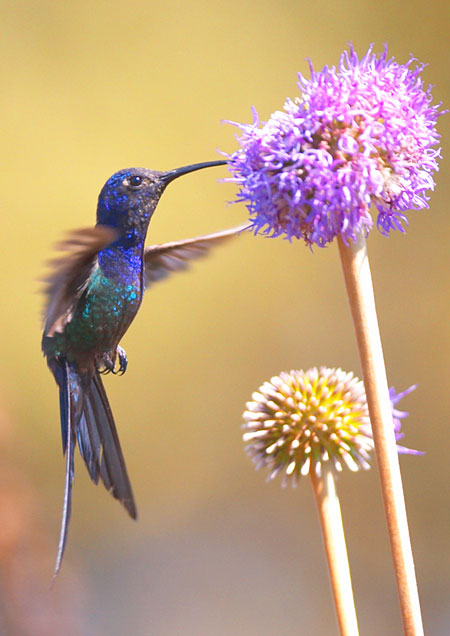Hummingbirds
The Pantanal is a paradise for bird watchers and photographers. WIth over 600 species to see, you can be assured of variety. The dry season gatherings of wading birds as they feast on fish and crustaceans trapped in the shrinking water holes is an annual spectacular to see.
Modern South America lacks mega-fauna on the scale of Africa - but it makes up for this in diversity. You'll find some of the most beautiful and renowned species, such as the Hyacinth Macaw and Toco Toucan. This diversity occurs due to the Pantanal being located at the confluence of several other ecologically-important regions (such as the Amazon forest, Brazilian tableland plateau, the cerrado, and Paraguayan/Bolivian Chaco).
The diversity is also due to the wide range of environments and landscapes occurring within the Pantanal itself. Rather than being a ubiquitous wetland, it also contains large rivers, grasslands, dry forest, and high stony hills and outcrops. Although there is some competition between species, many also survive in parallel by exploiting different foods and different niches.


HUMMINGBIRDS
The Pantanal is home to around 30 different hummingbird species. These include coquettes (short-tailed hummingbirds), woodnymphs (forest hummingbirds), emeralds, and starthroats (large hummingbirds with long, nearly straight, bills). These are collectively known in Portuguese as Colibri, or Beija-flor (flower kissers). Some of these are species are noted for their colour and metallic sheen such that they appear like jewels floating in mid-air flittering from flower to flower. These Iridescent colours are helped by the special refractive properties of the hummingbirds' feathers - and means that birds which appear quite dull in soft light can be transformed once direct sunlight hits them.
The most commonly seen species (and also the largest) is the swallow-tailed hummingbird, pictured. This is easily recognisable by its blue head, green body and long forked tail. The body and tail together typically measure around 15cm. While in flight, their wings beat 22-24 times per second. They're also known to defend their territory by attacking other hummingbirds that encroach into their area.
Hummingbirds commonly seen in the Pantanal are the swallow-tailed hummingbird, the rufous-breasted hermit, the planalto hermit, the ruby topaz hummingbird, white-vented violet ear, black-throated mango, glittering-throated emerald, versicoloured emerald and gilded sapphire.








Banner image: Harpy Eagle. Shutterstock/MarcusVDT).
Footer images: Tuiuiú, Turkey Vulture(Andrew Mercer); Amazon Kingfisher (Shutterstock/Ecoventurestravel)

Pantanal Escapes